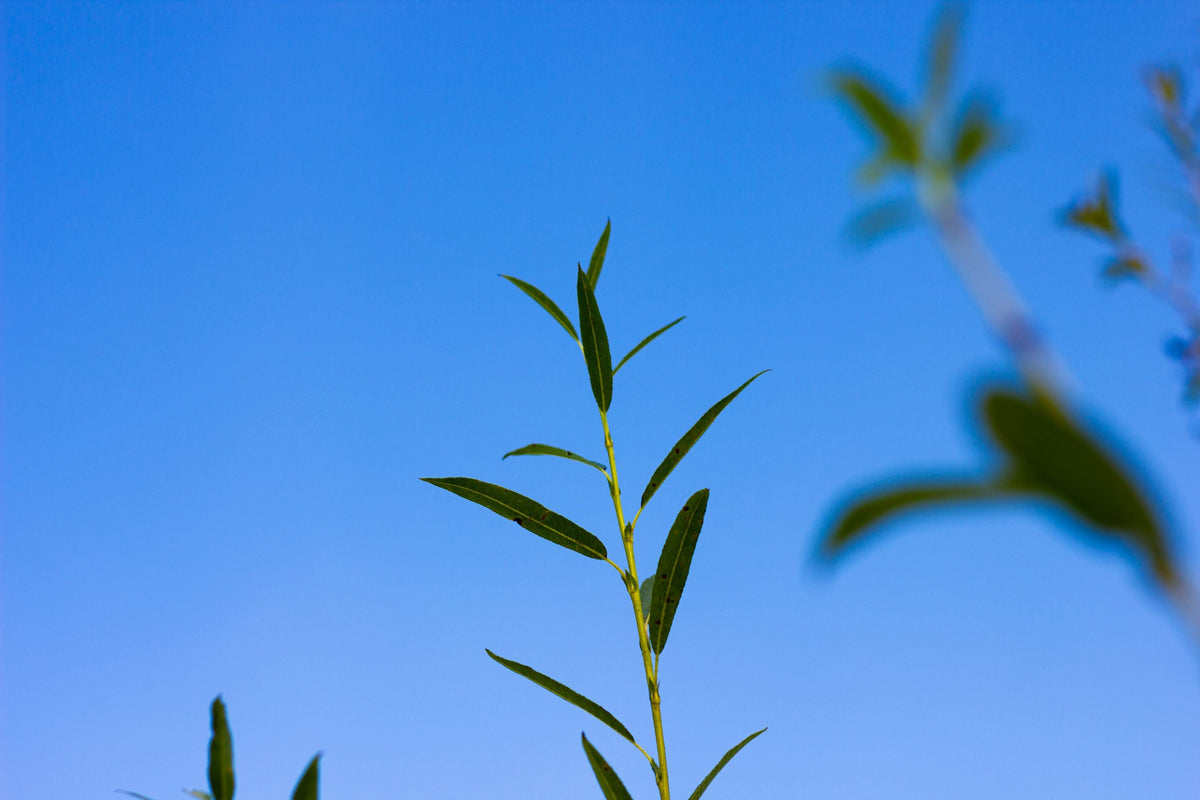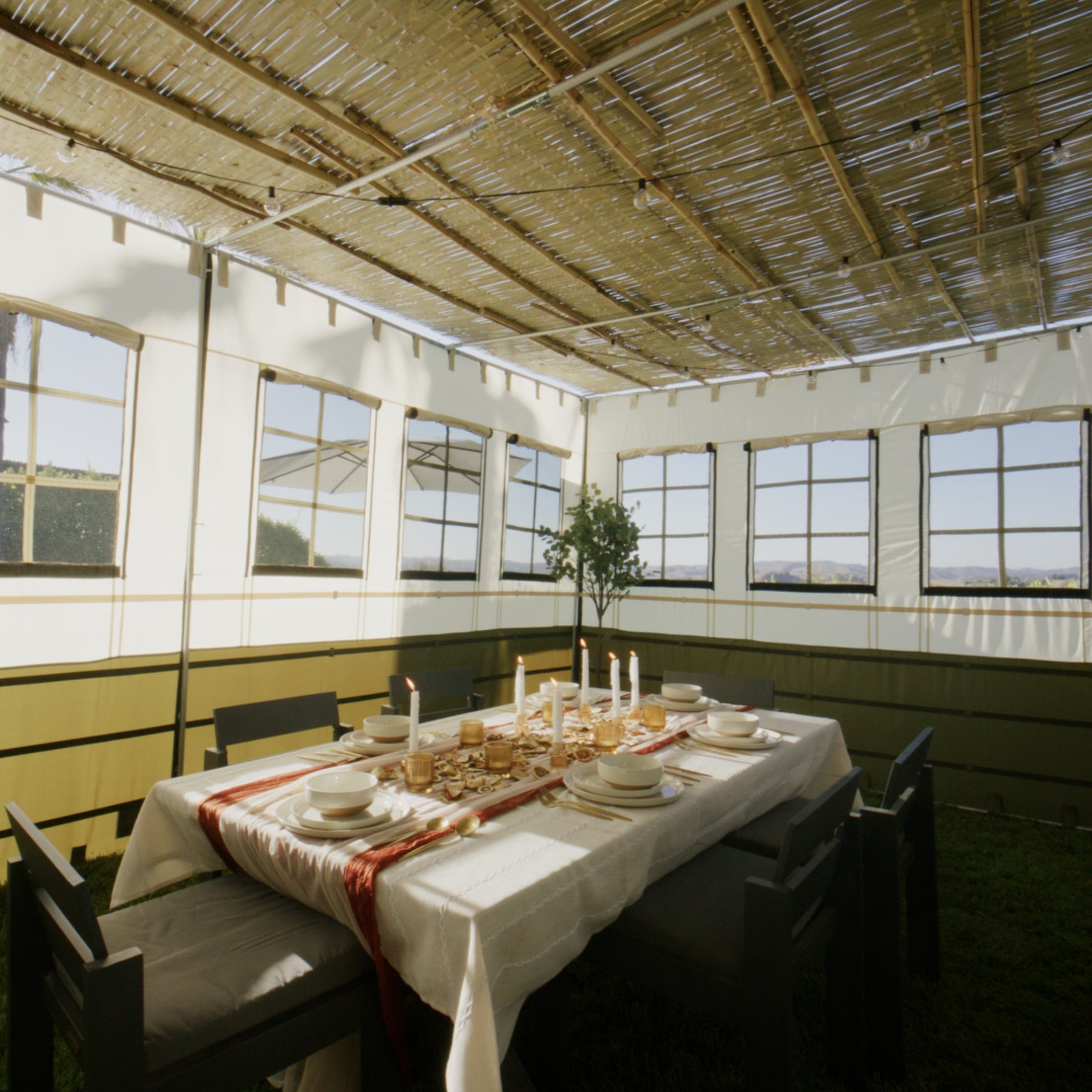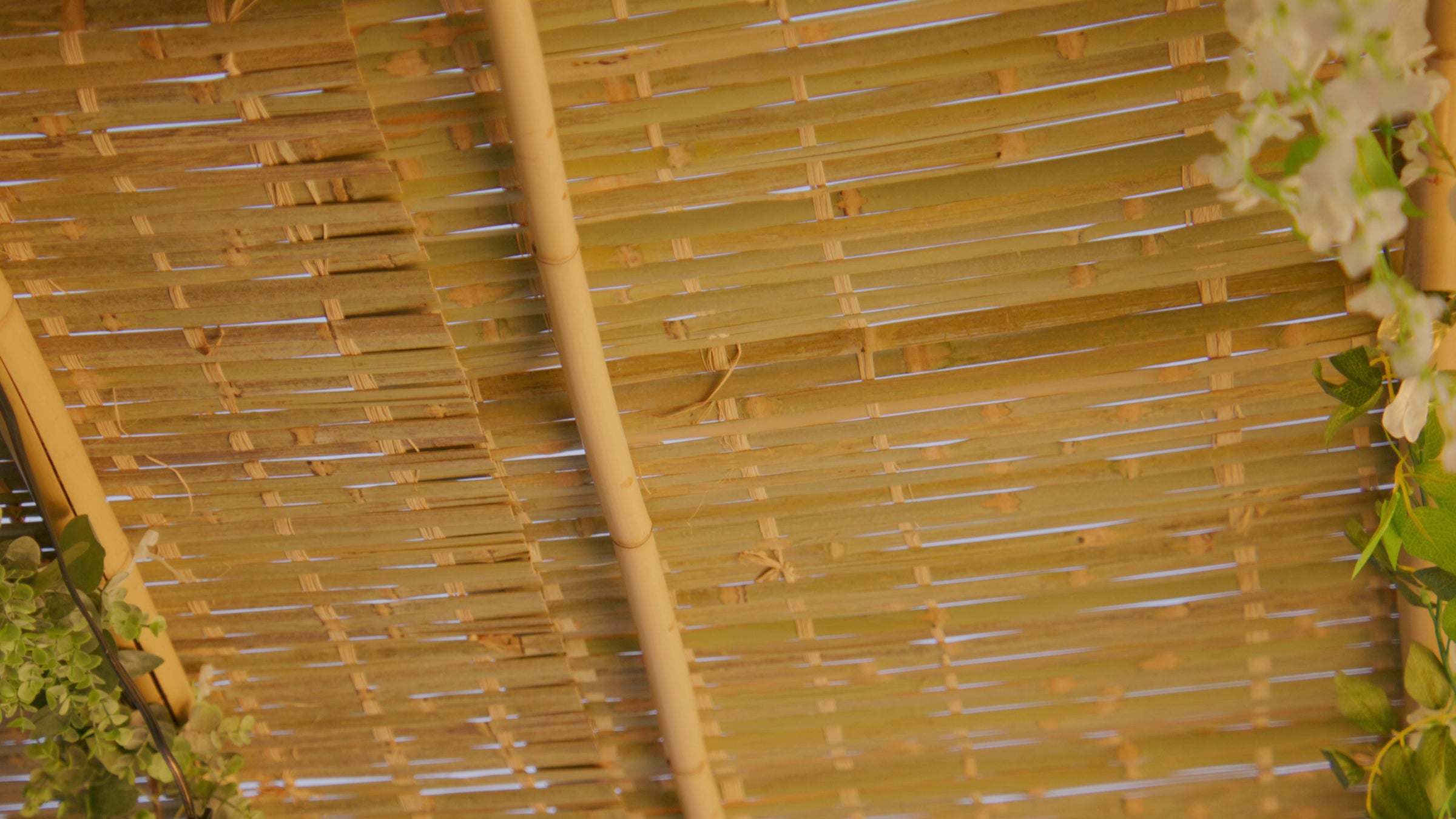

Table of contents
Every year, around the Jewish holiday of Sukkot, Jews worldwide scramble to find the perfect aravot – those leafy willow branches that are one of the arba minim (Four Species) waved in joyous unison during synagogue prayers. And every year, at least one of those poor leafy willows looks like it just gave up on life by day three.
But what if you could keep them fresh longer? What if you could grow your own? What if you’ve been using the wrong willow species altogether?
Welcome to the ultimate (and slightly obsessive) guide to growing, selecting, and storing your aravot like a seasoned willow whisperer.
What Are Aravot, Anyway?
The Torah, in Leviticus 23:40, commands:
"And you shall take for yourselves on the first day [of Sukkot] the fruit of a beautiful tree (etrog), branches of palm trees (lulav), boughs of thick-leaved trees (hadas), and willows of the brook (arvei nachal), and you shall rejoice before the Lord your God for seven days."
Aravot are those "willows of the brook" – not the most glamorous member of the Four Species, but certainly the most finicky. They wilt faster than an introvert at a surprise party and require some real TLC to survive the week-long festivities.
The Great Aravot Preservation Challenge
Imagine this: You start Sukkot with lush green aravot tucked neatly into your lulav bundle. By day five, they’re dry, curled, and resemble something better suited for a medieval herbarium.
So what’s the secret to keeping them looking fresh until Hoshanah Rabbah (the 7th day of Sukkot)?
1. Chill, Don’t Spill
The easiest method? Just stick them in the fridge. It slows down the wilting and keeps mold at bay. No need for origami-level wrapping – just cold air and containment.
2. Wet Wrap Wizardry
A slightly fancier option: wrap the aravot in a moist paper towel, then wrap that in aluminum foil or plastic wrap, and pop the whole bundle into the fridge. The moisture keeps the leaves supple while the wrap retains humidity.
This method even won the "informal aravot science experiment" conducted by one particularly enthusiastic aravot aficionado we talked to, who tested multiple preservation methods and declared this combo the champ.
3. DIY Mini Greenhouse
If you’re living in a dry climate like Southern California, a teaspoon of water inside a sealed lulav bag can work wonders. The heat causes the water to evaporate and recirculate inside the bag, like a tiny eco-pod. But beware: in humid climates, this turns your holy bundle into a swamp.
4. When in Doubt, Buy Extra
No shame in picking up a backup set or two. Considering the cost of a beautiful etrog (citron) can rival a designer handbag, a few extra aravot are practically a bargain. Some even recommend swapping in a new pair midway through the holiday just for aesthetics.
Growing Your Own Aravot: Farmer Edition
Feeling adventurous (or just very thrifty)? Growing your own aravot is not only doable – it’s kind of fun. You just need patience, some backyard space, and a willingness to become that person who casually mentions they cultivate willows.
Step-by-Step Aravot Farming (No Tractor Required)
After Sukkot, grab your used aravot (or snag others left behind at shul – each person uses five for hoshanot, so there’s usually a mini forest abandoned).
Stick the cut ends in water and let them sit through the winter. Change the water occasionally, especially when it starts looking like soup stock.
In spring, plant them in the ground with the cut side down.
Water when you feel guilty. Seriously – they’re not high-maintenance.
Trim twice a year – once at the end of July and again after Sukkot to keep the bush from becoming an unholy thicket.
This process has been field-tested by generations of Sukkot DIY-ers and yields a consistent crop of willow branches year after year.
But a word of warning: do not underestimate the aravah's ambition. Once planted, they can grow into sprawling beasts with stubborn regenerative powers. Chopping them down only makes them come back stronger. Think of them as the hydra of the plant kingdom.
So... Which Species Count as Kosher Aravot?
It’s not just about any old willow. The term "arvei nachal" in the Torah (literally “willows of the brook”) implies a specific kind, and over centuries, Jewish scholars have laid out criteria to ensure you don’t end up waving a botanical imposter.
Salix Alba: The Willow MVP
The Salix alba, or white willow, is the generally accepted species used in most aravot bundles today, both in Israel and abroad. It has long, narrow leaves with smooth edges and grows near water sources – just as described.
What About Other Willows?
The Shulchan Aruch (Orach Chayyim 647:1), following Maimonides (Rambam), restricts kosher aravot to very specific kinds, ruling out most ornamental or alternate willows. The classic example of a pasul (invalid) branch is one from a Tzafzafah, a tree with similar leaves but considered halachically unfit.
This has led to some debate about species like the weeping willow (Salix babylonica). It grows near water and looks the part, but poskim (halachic authorities) remain cautious. Its unique leaf structure and droopy branches raise eyebrows and halachic red flags.
And as for the Euphrates poplar – identified by some scholars as the “aravim” of Psalm 137:2 – most authorities today follow the Talmudic position that excludes it based on Sukkah 34a, which carefully distinguishes valid species from invalid ones.
Pro Tips for the Willow Enthusiast
Don’t trim the tops before Sukkot! A chopped-off tip ( niktam rosho) invalidates the aravah according to halacha.
Don’t store them with the lulav unless you're sure they’re dry – moisture trapped in that tight bundle is a breeding ground for mold.
Don’t panic if yours look a little yellow by Hoshanah Rabbah. You’re not alone.
Final Thoughts: Embrace the Leafy Chaos
The aravah may be the most fragile of the Four Species, but it’s also a reminder of ephemerality, of beauty in things that don’t last forever. With the right prep, a fridge shelf, and maybe a soggy paper towel, your aravot can go the distance.
Or, better yet, grow your own and enter a world of righteous overachievement. Either way, come Sukkot, you’ll be ready to wave those willows with confidence – and maybe a smug little smile.












